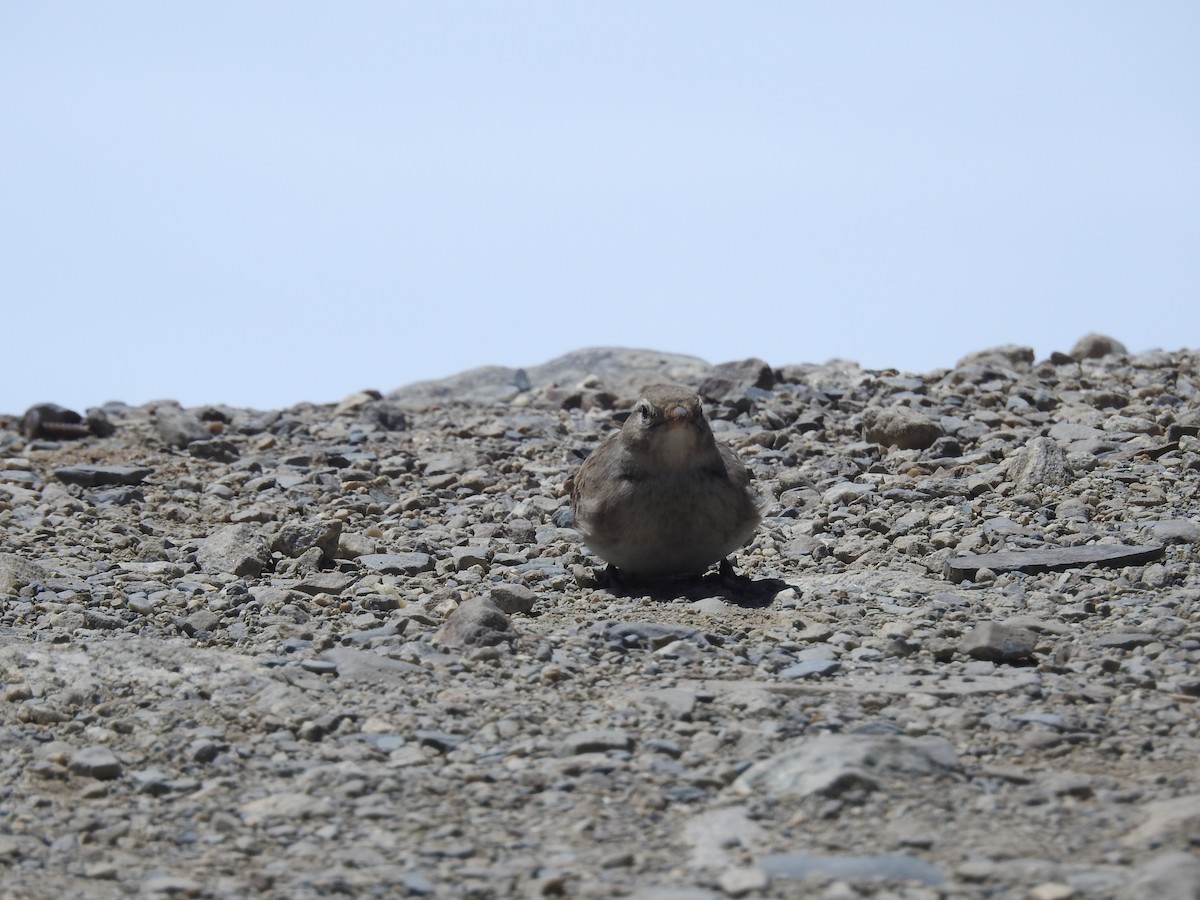Hume's Short-toed Lark
A species of Greater Short-toed Larks and Allies Scientific name : Calandrella acutirostris Genus : Greater Short-toed Larks and Allies
Hume's Short-toed Lark, A species of Greater Short-toed Larks and Allies
Botanical name: Calandrella acutirostris
Genus: Greater Short-toed Larks and Allies
Content
Description General Info
 Photo By Ashwin Viswanathan
Photo By Ashwin Viswanathan Description
Hume's short-toed lark is similar in size and appearance to the greater short-toed lark but is generally a duller-looking bird with slightly darker plumage and a slightly smaller beak. As with the greater short-toed lark, the colour varies across the broad range and is not a good distinguishing feature. Hume's short-toed lark grows to a length of from 13 to 14 cm (5.1 to 5.5 in) and the sexes are similar. The crown is brown with slight diffuse streaking, the cheeks are rufous-brown and the supercilium white. The upper parts are greyish-brown or sandy brown with darker streaking, and the upper tail coverts are washed with rufous-brown. The wings are greyish-brown with black barring and pale tips to the feathers. The underparts are mostly whitish, but there is a dark neck patch and a buffish-grey breast band. The breast is unstreaked. The voice helps distinguish this species; vocalisations include a shrill "trree" and a more rolling "drreep". 
Size
14 cm
Nest Placement
Ground
Feeding Habits
Hume's Short-toed Lark's diet consists mainly of seeds and invertebrates. They forage on the ground, often in flocks during the non-breeding season, showcasing their sociable feeding behavior.
Habitat
The hume's Short-toed Lark occupies arid zones, predominantly sandy and gravelly terrains with minimal vegetation cover. These birds adapt to a range of barren landscapes and show a preference for relatively flat areas. During the non-breeding season, they may share their sparse habitats with similar species, though typically not in mixed groups.
Dite type
Granivorous
General Info
Feeding Habits
Bird food type

 Photo By Ashwin Viswanathan
Photo By Ashwin Viswanathan